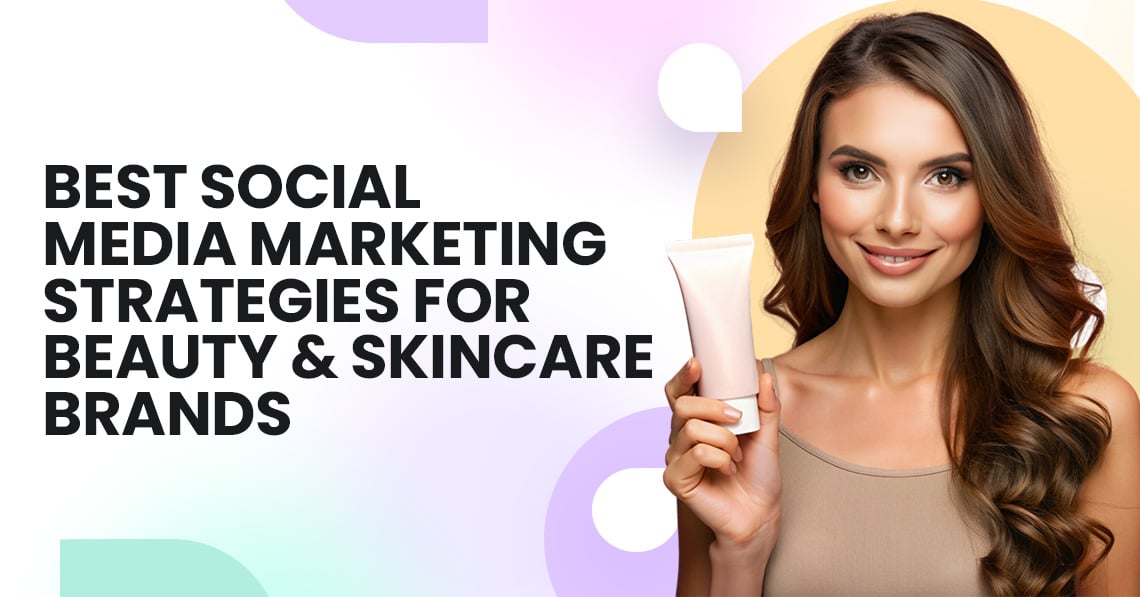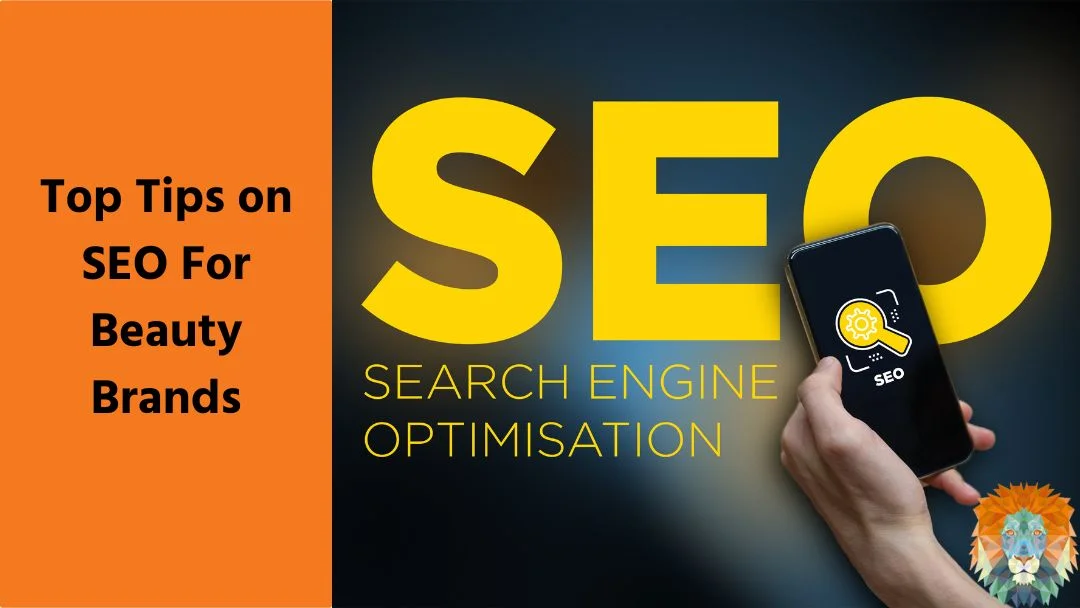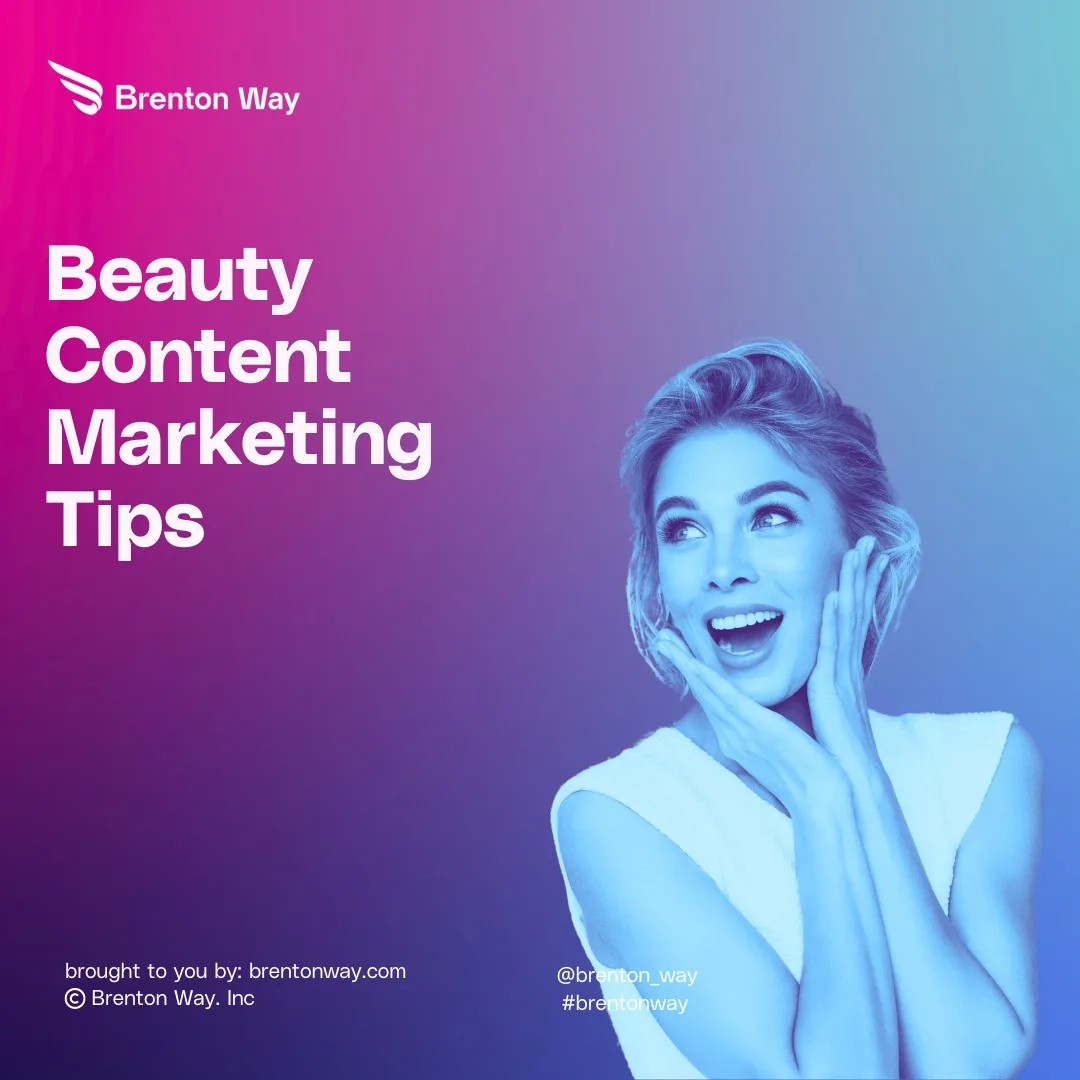The Relationship Between Social Media and SEO for Beauty Brands
Social media does not directly influence Google’s search rankings, but it plays a significant supporting role in SEO, especially for beauty brands where visual content and community engagement are central to marketing success. Social platforms amplify content reach, drive traffic to your website, and can generate valuable backlinks—all of which are important for SEO.
Key Strategies for Integration
Consistent Branding and Optimized Profiles
Ensure your brand information is consistent across all social profiles and that these profiles are optimized with relevant keywords and hashtags to appear in both social and traditional search results. This helps users find your brand whether they’re searching on Google or within social platforms.
Content That Bridges Search and Social
Create shareable, visually appealing content that incorporates SEO keywords relevant to your beauty niche. High-quality images, tutorials, product reviews, and behind-the-scenes videos perform well on platforms like Instagram and YouTube, driving both engagement and organic search traffic when properly optimized.
Leverage Influencer and User-Generated Content
Collaborate with beauty influencers to create authentic content that resonates with their followers, driving traffic and potentially earning backlinks to your site. Encourage user-generated content (UGC)—such as customer reviews, testimonials, and social media stories—to build trust and generate more search-friendly content.
Hashtags and Keywords
Use hashtags that align with your SEO keyword strategy to increase visibility in social searches and help your content surface in both social and traditional search engines. Research trending and niche keywords that reflect current beauty routines and preferences.
Social Signals and Engagement
While social signals (likes, shares, comments) do not directly impact Google rankings, they increase content visibility and can lead to more website visits and backlinks, which are critical SEO factors. High engagement also signals to search engines that your content is valuable and relevant.
Mobile Optimization
Beauty consumers are often on mobile devices. Ensure your website is mobile-friendly and consider using Accelerated Mobile Pages (AMP) to improve load times and reduce bounce rates, which can positively affect SEO.
Practical Tactics
| Tactic | SEO Benefit | Social Media Benefit |
|---|---|---|
| Consistent branding | Better brand recognition in SERPs | Unified customer experience |
| Shareable, keyword-rich content | Drives organic traffic | Increases engagement and reach |
| Influencer collaborations | Potential for quality backlinks | Expands audience and credibility |
| User-generated content | Fresh, authentic content for SEO | Builds community and trust |
| Strategic hashtag use | Appears in social/search results | Boosts discoverability |
| Mobile optimization | Lower bounce rates, better rankings | Better user experience on-the-go |
Tools and Platforms
Platforms like Vista Social allow beauty brands to plan, post, and track content that works for both search and social, streamlining the integration process. Specialized agencies, such as Sociallyin and Blush Digital, offer creative-first SEO approaches that align social trends with search behavior, turning visual platforms into organic traffic sources.
Summary
For beauty brands, integrating social media signals with SEO means creating visually engaging, keyword-optimized content, leveraging influencers and UGC, using strategic hashtags, and ensuring mobile-friendly experiences. While social media’s direct impact on Google rankings is limited, its role in driving traffic, generating backlinks, and building brand authority is undeniable—making it a critical component of a holistic SEO strategy.





